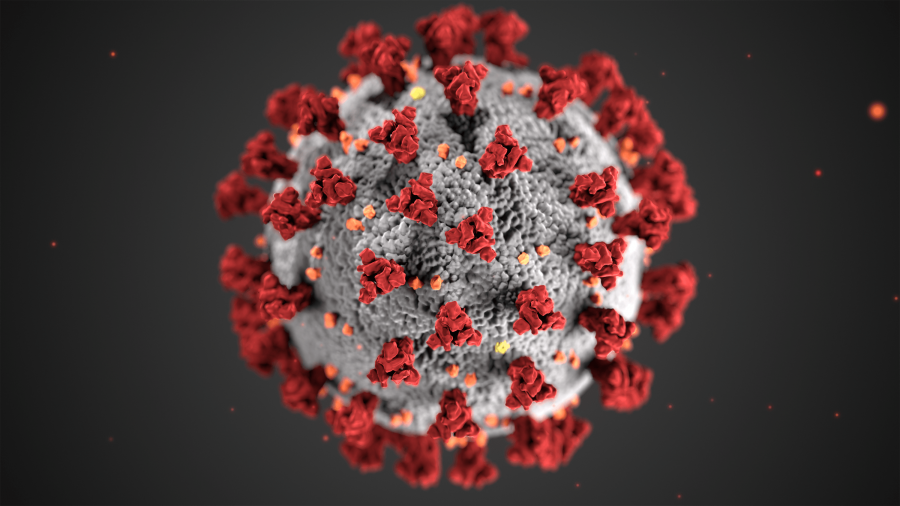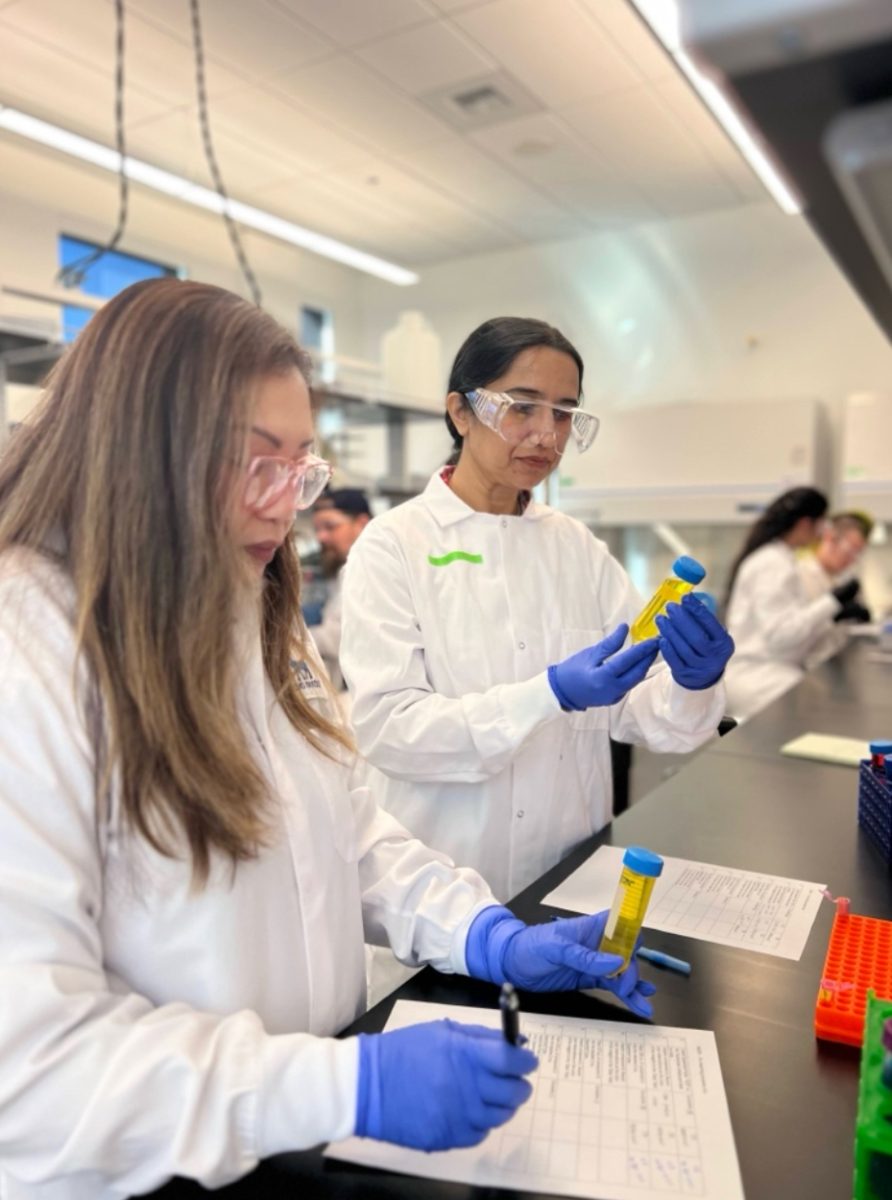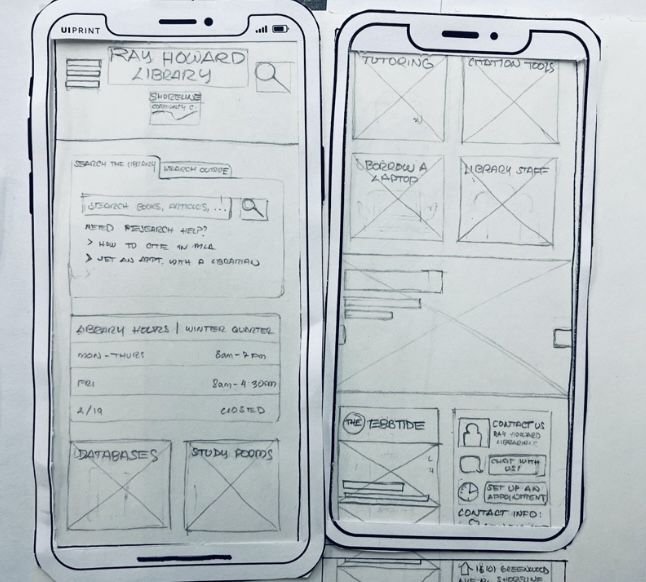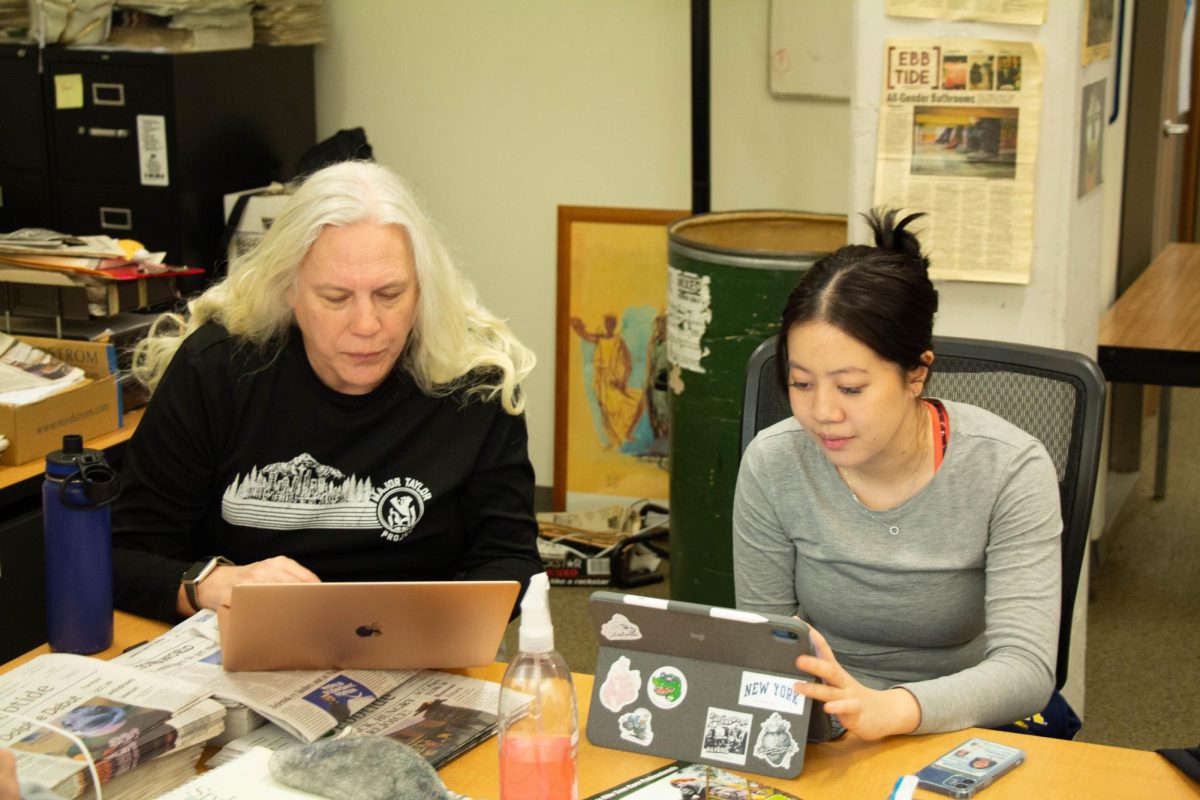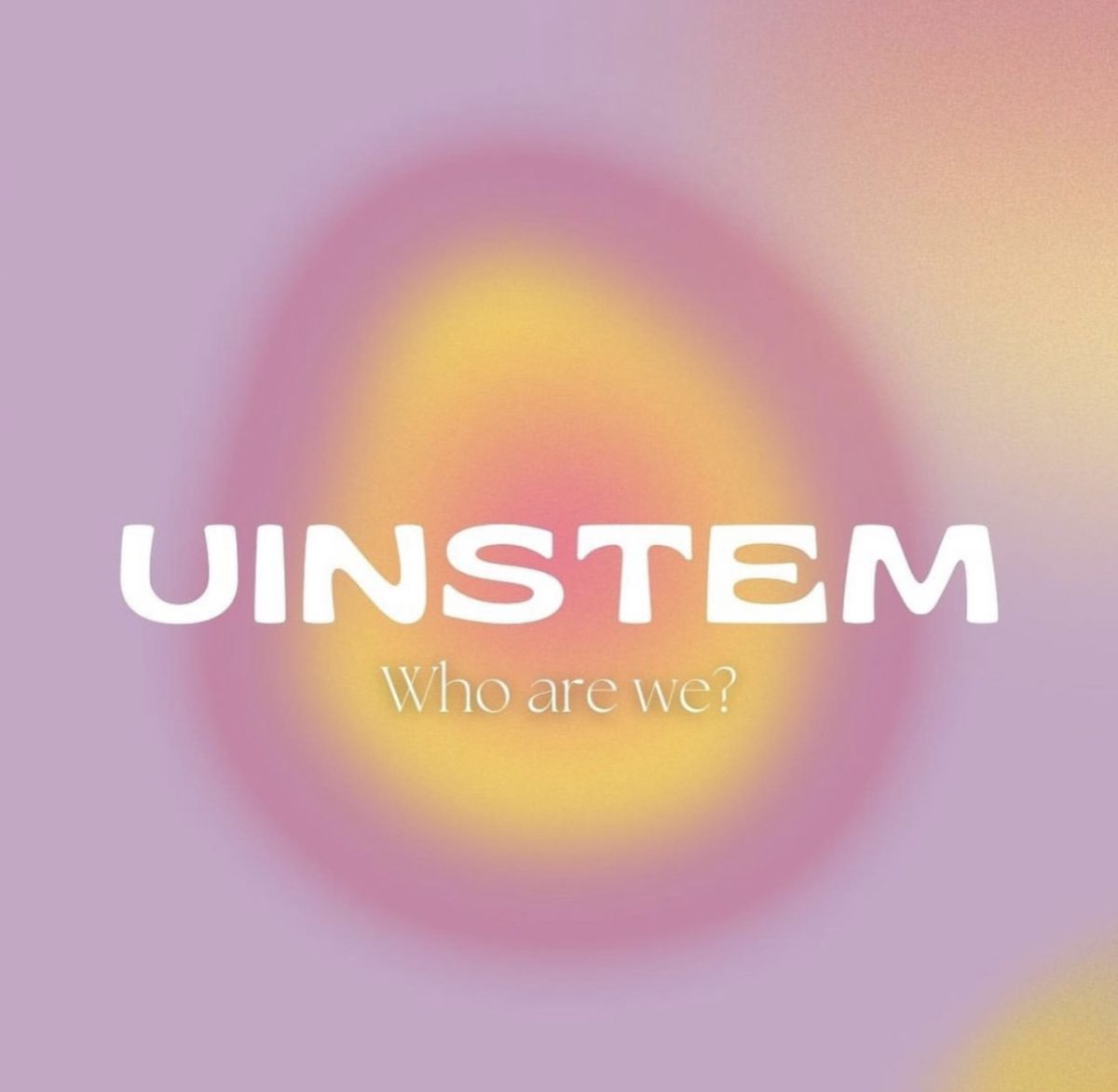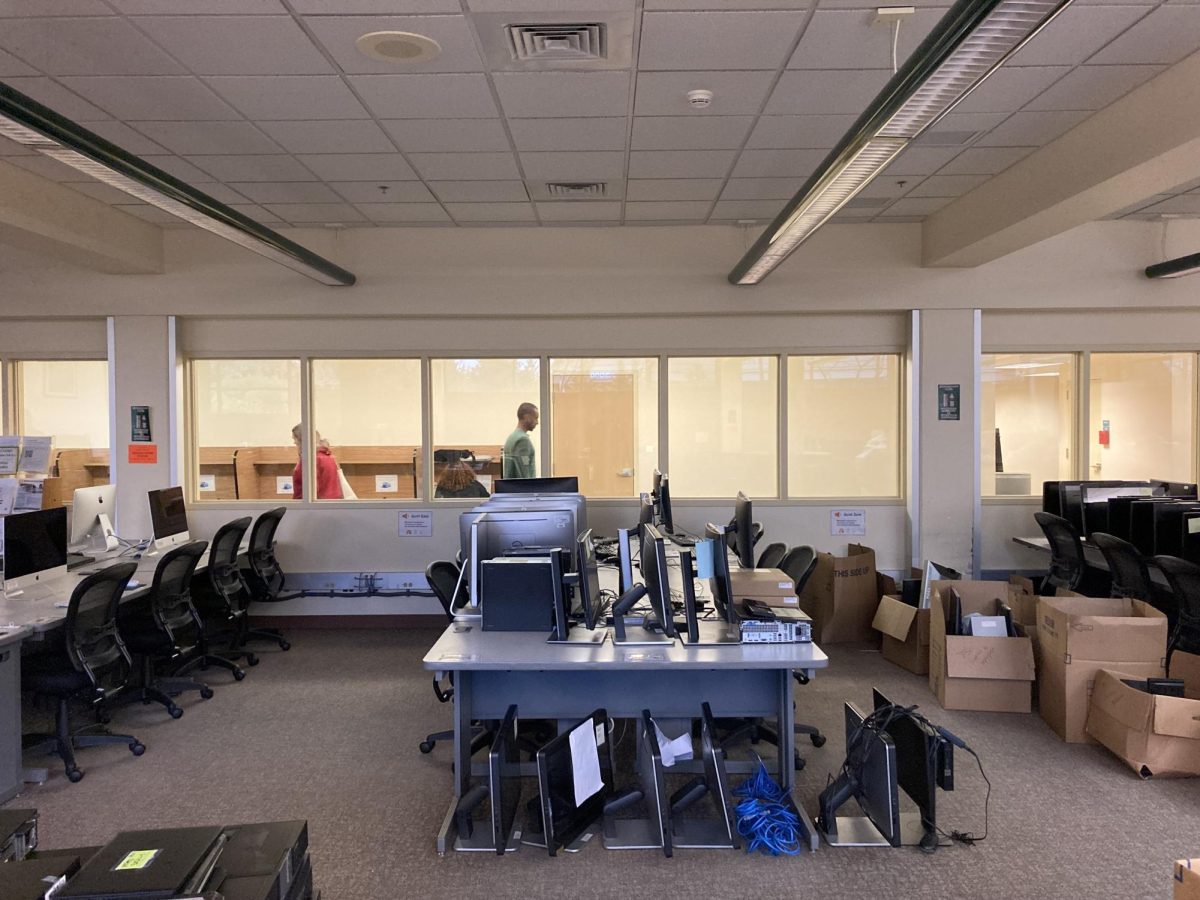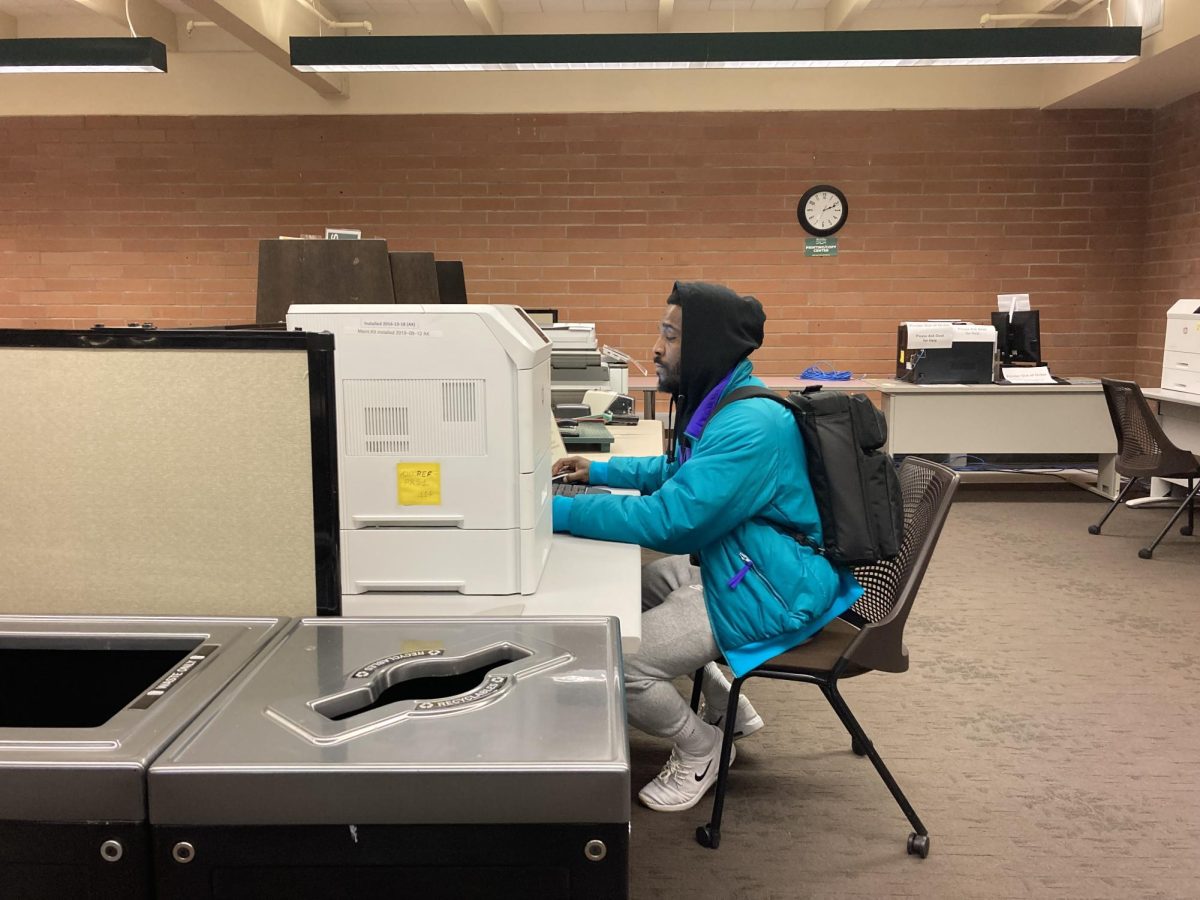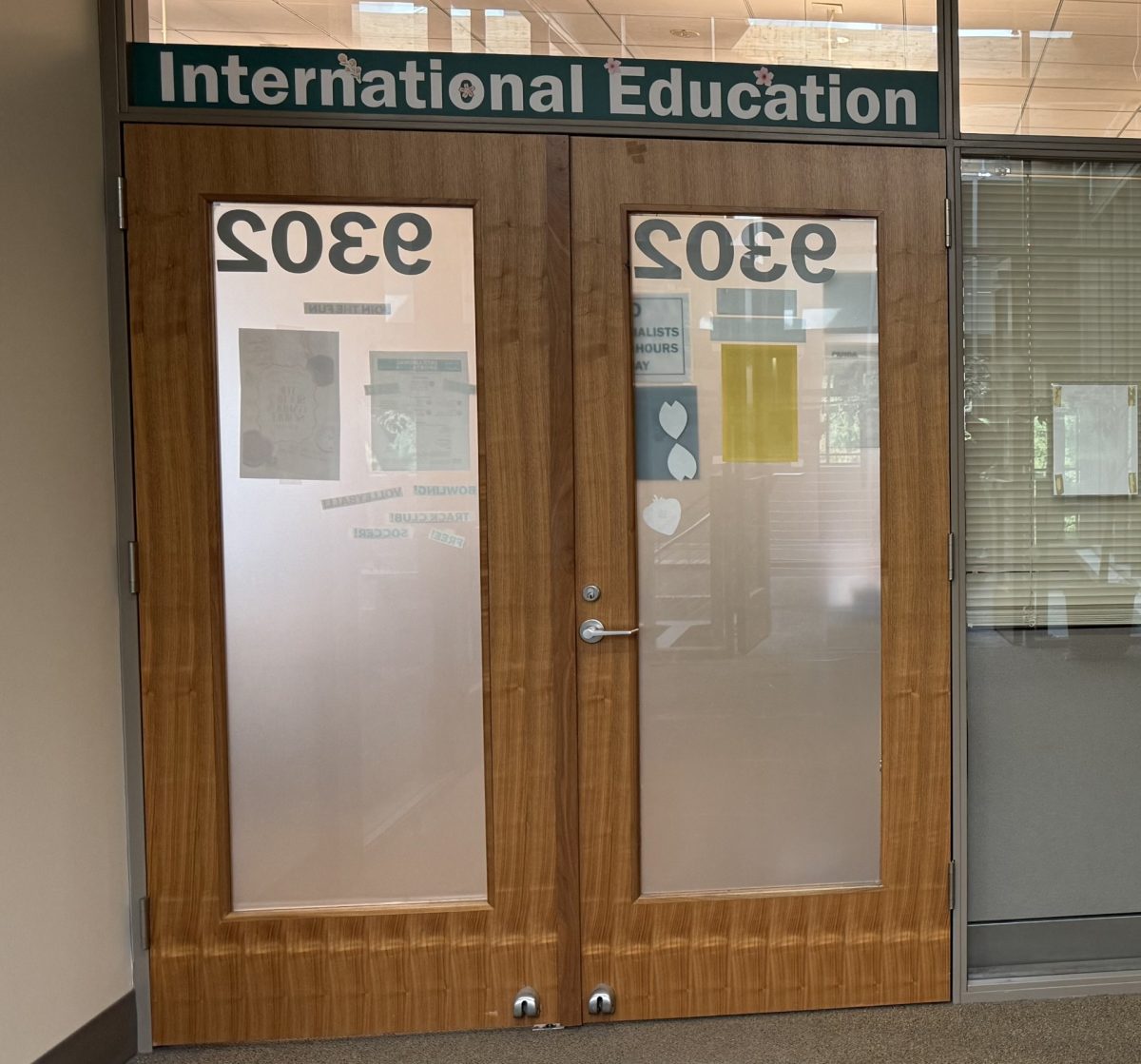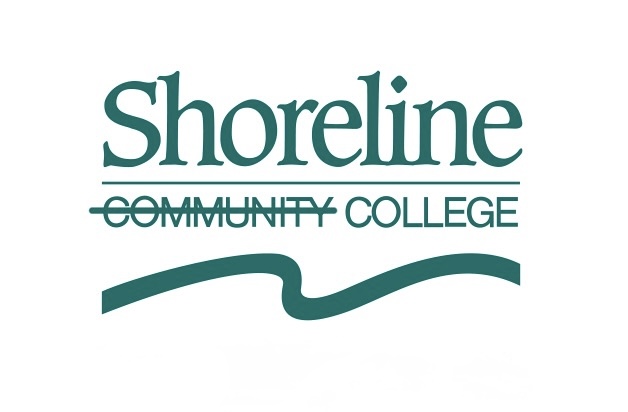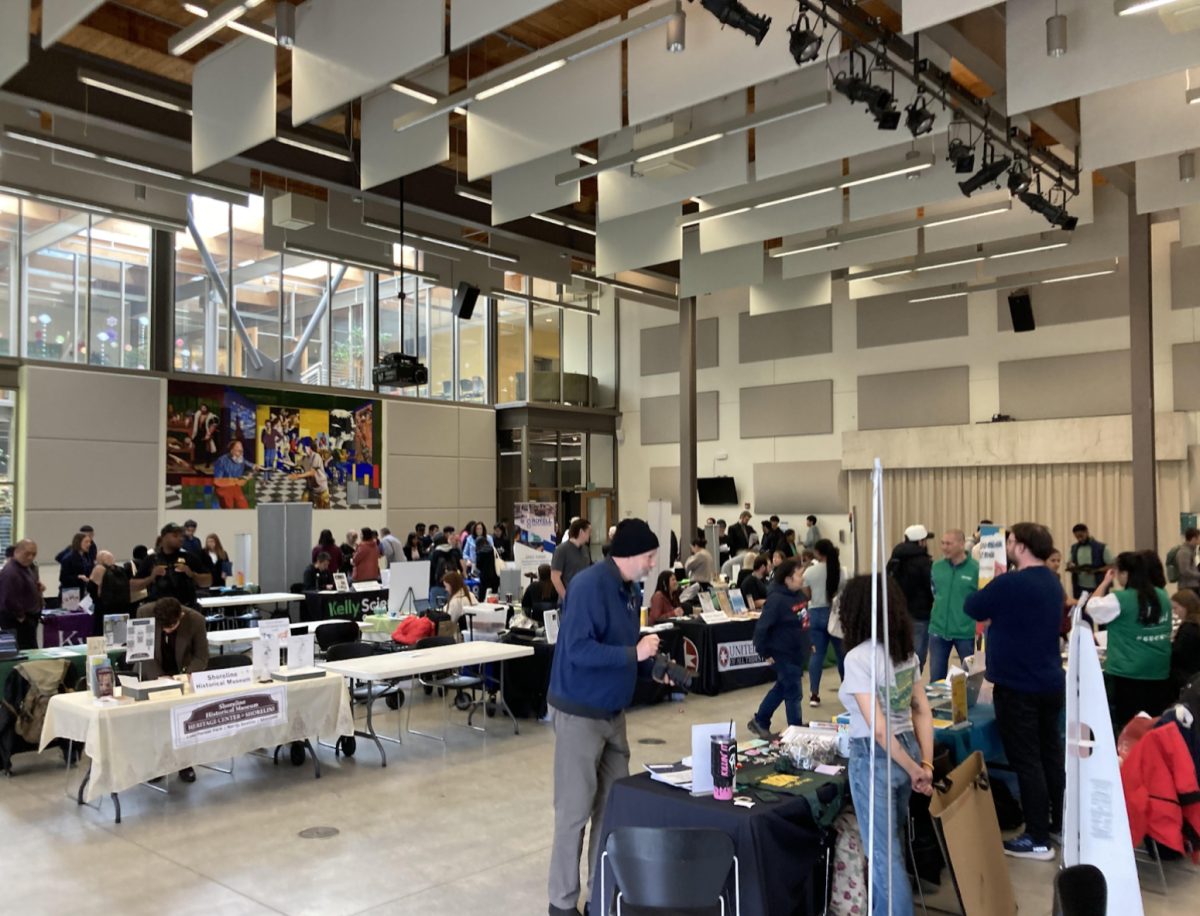Social distancing is forcing a deep restructuring in systems and lives around the world. Some of these changes can be upsetting, so it is important to acknowledge their significance and implications. Understanding social distancing can lead to its promotion and support, as well as educated and productive discussions on mitigating the spread of COVID-19.
When confronting a disease, there are two general approaches to protecting and treating a population: pharmaceutical and non-pharmaceutical.An example of a pharmaceutical measure is the vaccine, which develops an immune response within the body towards a specific virus or other invading organism. Vaccines are prominent tools, and many people receive them annually to ward against seasonal strains of influenza (“the flu”).
Vaccines
Unfortunately, vaccine development for the novel coronavirus SARS-CoV-2 is projected to take 12-18 months, significantly longer than the approximate 6-month development period for flu vaccines.
The reason is rather simple: influenza is common, largely predictable, and treating it is profitable. Research into influenza vaccines has been extensive and the process of vaccine development and deployment has been perfected over more than 50 years. Flu vaccine development has been commercialized and is a specialization of many pharmaceutical companies.
Most human coronavirus infections are, on the other hand, annoying rather than dangerous.
There have only been three severe cases of coronavirus outbreaks among humans in the past twenty years: MERS-CoV (Middle East Respiratory Syndrome), SARS-CoV (Severe Acute Respiratory Syndrome), and SARS-CoV-2 (the 2019 novel coronavirus).
While experiments have been conducted to develop vaccines for SARS-CoV and MERS-CoV, no human vaccine was completed, as these diseases were controlled essentially by case identification and quarantine (more on that later).
A process to develop a vaccine for SARS-CoV-2 may make use of the information developed in working with the prior coronaviruses, but it is still essentially a “new” vaccine. Vaccines are specific: a vaccine against a given virus will generally provide no protection against other viruses. Thus, a vaccine against SARS or MERS would not be expected to convey any protection against SARS-CoV-19.
Development of a vaccine from scratch has several processes that must occur sequentially in order to ensure safety, efficacy, and proper distribution of the desired vaccine on a widespread basis. Thus, even as the world pools resources and researchers cut corners in the testing phases, a vaccine for SARS-CoV-2 is expected to take a significant amount of time.
Vaccines are an example of active immunization, in which a person’s body is provoked into producing antibodies and other protective immune responses. It is a preventative measure, not a treatment for someone actively infected and sick.
The counterpart to active immunization is passive immunization, in which protective antibodies (immune molecules produced after either immunization or recovery from the actual infection) are transferred from one person to another. They can then either protect that person from infection for some period of time (typically several months) or treat someone who is sick.
Passive Immunization
Passive immunization can be an immediate treatment to an illness. For example, passive immunization for rabies is about 100% effective in preventing rabies in an exposed person.
While it is probable that such passive immunization could work in SARS-CoV-19, this still must be proven.
The most immediately usable type of antibodies for SARS-CoV-2 are found in the blood of a human who has already contracted COVID-19 and recovered.
Arturo Casadevall and Liise-anne Pirofski explore the use of this method within a historical context, noting that although the effectiveness of such approaches is not known, “historical experience suggests” that convalescent sera (a component of blood) could be effective in disease prevention.
Initial attempts at convalescent plasma transfusions were markedly successful in stabilizing critically ill patients. However, it is notable that the circumstances were uncontrolled. In order to determine the safety and efficacy of this approach, more clinical trials are necessary.
This method of passive immunization is difficult to do on a large scale, since the necessary antibodies exist within the blood of those who have already contracted and recovered from COVID-19.
This presents a limit on the amount of available product to treat people, as well as its utility to those with the most severe disease. Thus, while passive immunization might provide an initial approach for mitigating the SARS-CoV-19 outbreak, other technologies are desperately needed.
Another pharmaceutical approach is drugs that can inhibit a virus. Initial testing has shown that the experimental drug remdesivir can halt the reproductive process of coronaviruses by targeting their RNA.
However, clinical trials are needed to further assess the safety and effectiveness of remdesivir before it can be distributed on a large scale. In addition, the process for large scale chemical synthesis, drug preparation and distribution must be put in place, likely even before the drug’s safety and efficacy are even known.
Remdesivir is just one example of the many promising drugs being explored as tools against the SARS-CoV-2. Nonetheless, all of these drugs must undergo the same extensive testing. Testing, as well as production and distribution, take a significant amount of time. More immediate solutions are needed to the current medical emergency.
Non-Pharmaceutical Approaches
COVID-19 continues to spread rapidly. An article from the Imperial College COVID-19 Response Team warned, “in an unmitigated [uncontrolled] epidemic, we would predict approximately 510,000 deaths in [Great Britain] and 2.2 million in the US, not accounting for the potential negative effects of health systems being overwhelmed on mortality.” A newer report suggests that if social distancing and other mitigation methods had not been implemented, the death toll this year would have neared 40 million.
Some individuals protest social distancing measures with slogans such as “live free or die,” perhaps missing the severity of the emergency we face. It is important to recognize that COVID-19 is *dangerous*, and that predictions for deaths in the US and Britain alone approach 3 million if no preventative measures are taken. The toll on the world as a whole would be phenomenal.
Herein lies the necessity of social distancing—it is currently our most viable tool for curbing this pandemic. A pandemic which threatens the lives of millions of people.
Non-pharmaceutical interventions (NPIs) are referred to as “community mitigation strategies” by the Centers for Disease Control and Prevention (CDC). They are non-medical techniques aimed to protect a community during times of viral susceptibility.
There are personal NPIs, such as washing your hands and staying home when sick, environmental NPIs, which involve disinfecting common surfaces, and community NPIs, which we are becoming familiar with through enforced social distancing.
Personal and environmental NPIs are common during the flu season and were implemented by many during the initial phases of the SARS-CoV-2 outbreak. Unfortunately, SARS-Cov-2 is a highly infectious virus and there are reports of both asymptomatic infections (in which no symptoms of COVID-19 are displayed in the patient) and pre-symptomatic infections (in which the virus is detected before the onset of symptoms).
By the time this pandemic became widely known as a serious threat, personal and environmental NPIs were not enough to slow the reach of COVID-19. That being said, data provided by the Washington State Department of Health indicates that social distancing in Washington has already had a notable effect on spread of the virus, which is in line with experiences elsewhere.
The Value of Social Distancing
Social distancing is thus the only technique we currently have to suppress this virus in any meaningful way. It is not an optimal strategy, and the action of quarantine itself can be very frustrating.
However, if the public does not take this action, hospital systems would become dangerously overwhelmed. Strain on the healthcare system can extend to regions outside the current pandemic, such as the distribution of diabetes medicine, or the ability of a critical care unit to perform an emergency surgery.
People who are inherently immunocompromised or undergoing stressful medical care are already in danger, and this extends beyond the elderly. Social distancing is about protecting our community as a whole, and each individual’s right to safety. This affects even the reader, as this current medical emergency is so far-reaching.
We must rely on the success of researchers and the advice of medical specialists in order to overcome this pandemic. Falling into frustration can be tempting, and the reasoning behind social distancing difficult to understand.
However, only by seeking to understand it can we discuss SARS-CoV-2 productively. Quarantine is a last-resort technique that will be discarded when more optimal solutions to the pandemic have been achieved. Until then, compliance with social distancing is the responsibility of each individual. The success of this technique is in the hands of our community.


